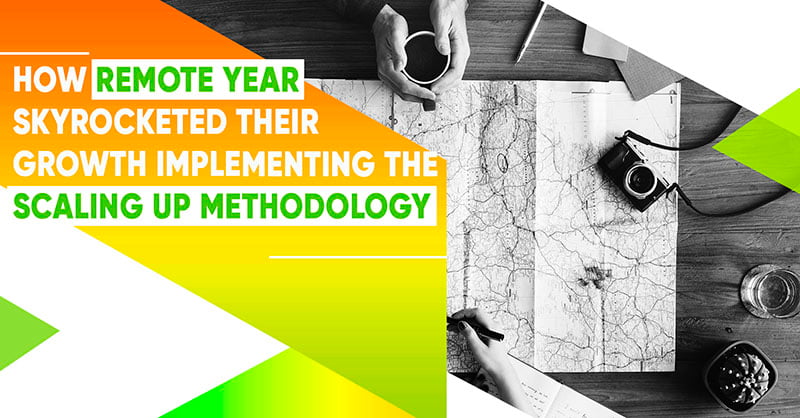[VIDEO] Empathy vs. sympathy: Why it matters in the workplace

While it was years ago, the sting of heated conflict with a coworker my first year in the workforce still burns. It’s true, we were both fairly new; she, only a year ahead of me, was limited in how to relate and communicate as a professional in workplace conflict.
Looking back on that 7:43 a.m. altercation, I can still visualize the flashes of anger and frustration across her face and vividly remember the wildly shouted accusation, “Can you NOT understand?!” Looking back, yeah, now I understand. I was freshly twenty-three with the emotional acuity and clarity of a teenager. At the time, I could hardly understand, much less relate, to my coworker’s frustrations. Since those early days in the workforce, I have grown to understand and truly feel what others communicate to me.
It’s about empathy vs. sympathy: having the ability to not only see someone’s perspective, but to feel what they feel is a powerful tool. It opens the door to forming authentic connections to people; it makes others trust us. After all, the strongest teams are those in which people are really in tune with one another. Dr. Brené Brown, a researcher, author and professor at the Graduate School of Social Work at the University of Houston, has been a leading figure in such topics as vulnerability, courage and empathy.
In the following video, she adeptly puts into words (and charming animations) what empathy vs. sympathy is, what it looks like, and what itdoesn’t look like, all in less than three minutes! If you’ve ever found yourself struggling to communicate with your team, I hope you glean something from this video too. Maybe with a few more insights like these, I’d have avoided a few more conflicts like those.



